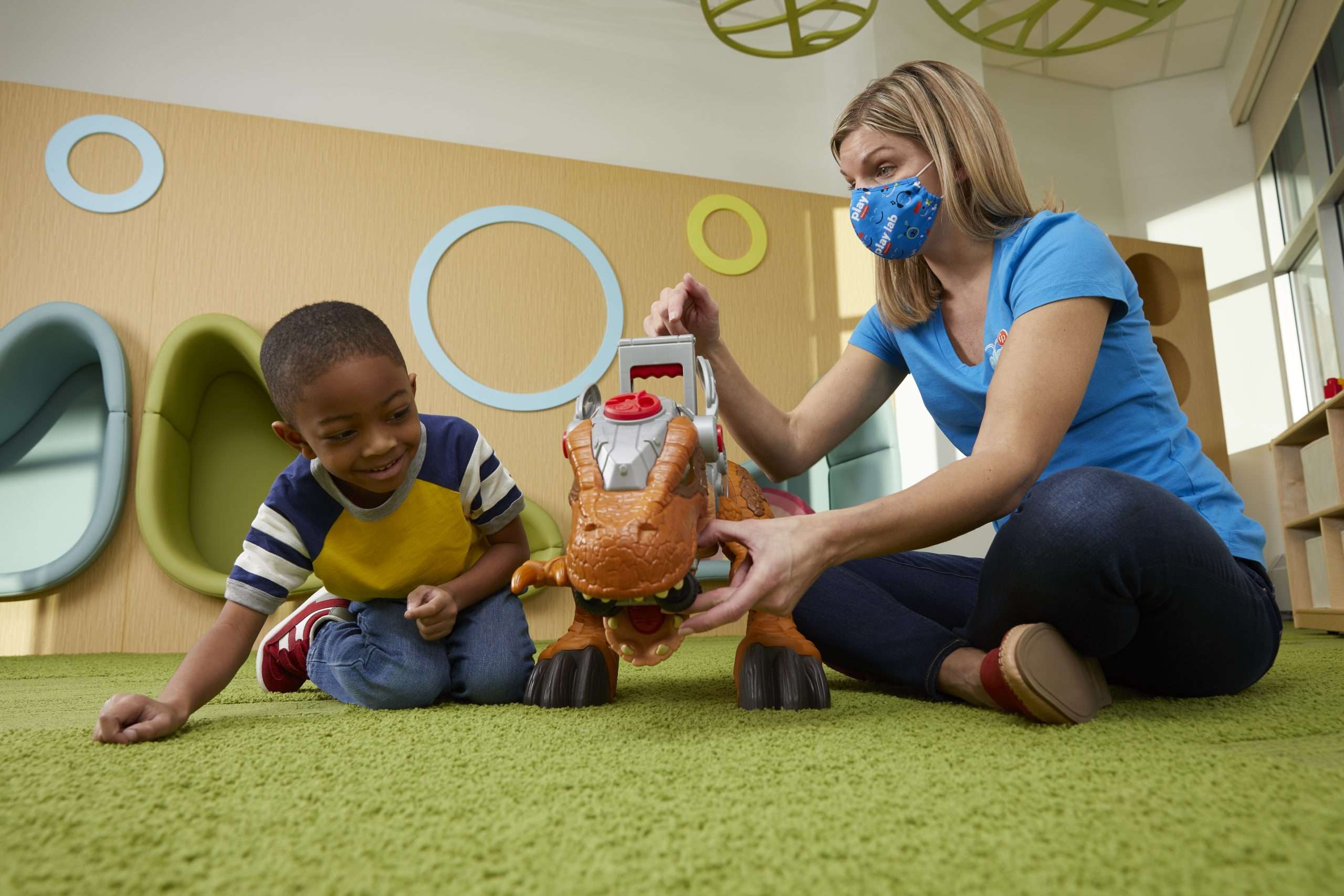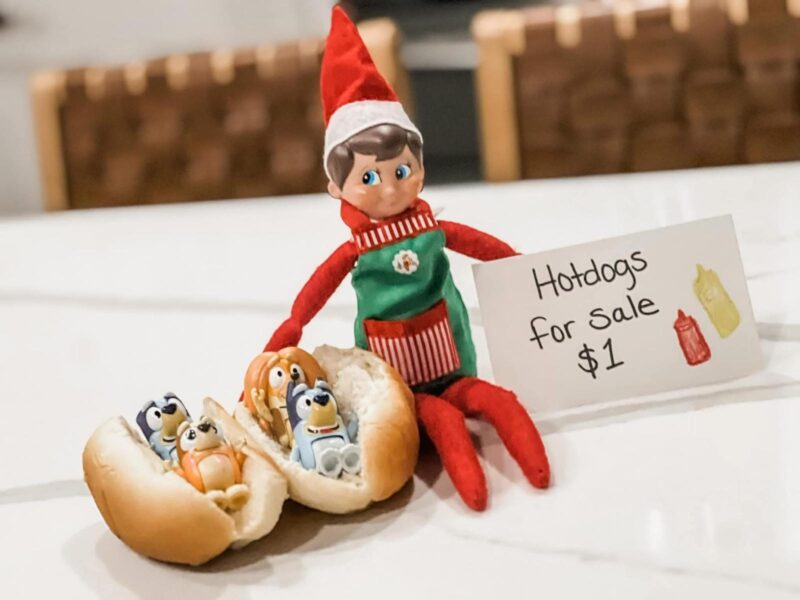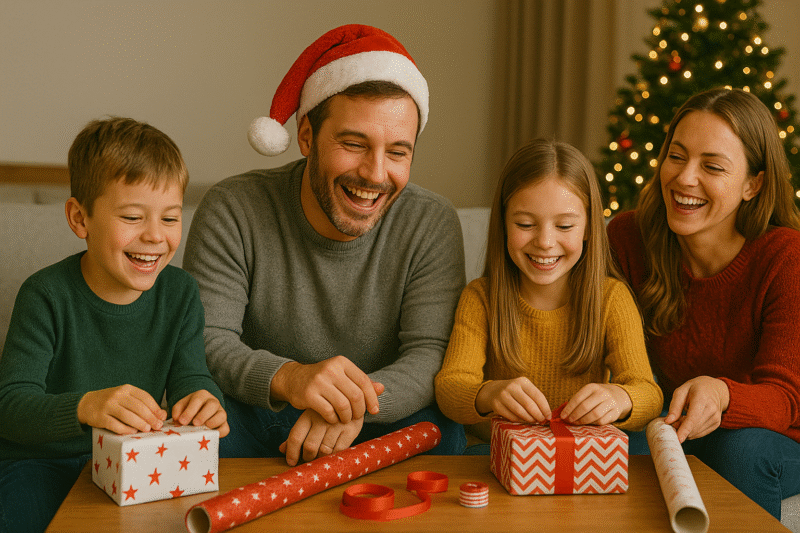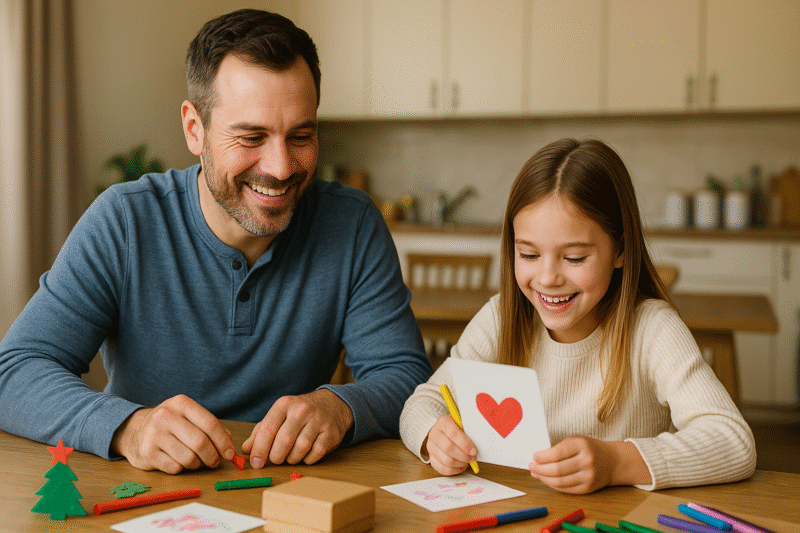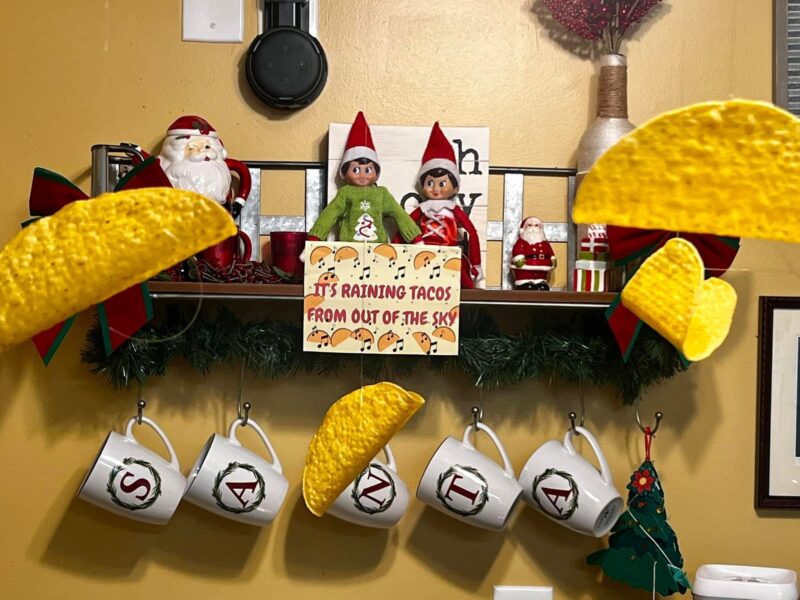Children’s main job is to play and learn, and the tools of their fun-filled trade are toys. Your child will need different toys for development as they grow and each should excite and inspire them in different ways.
But with such a huge toy selection on the market, which are the best ones to help babies, toddlers and young children learn and develop while having fun at the same time?
 (Mattel/PA)
(Mattel/PA)
Choosing the right toys for development
Many parents simply choose a toy which is targeted at their child’s age range – and there’s nothing wrong with that, says Rebecca Deeming of the British Toy and Hobby Association.
“Children develop at different rates so don’t worry if your child’s favourite toy is one marketed at a younger age range,” she says. “But be careful if it’s marked older than their age for safety reasons.”
As well as making sure toys are age-appropriate, Deeming stresses that parents should check toys bear the Lion Mark, which shows the maker is a BTHA member and has signed up to a strict set of guidelines on safety, ethical marketing and manufacturing.
But how can parents know which toys are the ones their children will love but which are also helping them learn and develop? Here are ideal toys for development for all ages from birth to five years.
0-3 months
During this period babies will begin to hold eye contact, will be able to look at objects, listen to sounds and recognise smells. Give your little one objects for watching, about eight to 10 inches from their eyes. Toys for babies this age should have high-contrast elements for visual stimulation, or music or rattles to listen to. Place toys within reach so they can bat at or kick them.
3-6 months
Babies in this age group will imitate sounds and actions, like feeling different textures and will be curious to examine objects. Parents should choose toys made with textured materials that are “teethable”. Show your baby how to explore the toy and that their actions can make big things happen. You can reward them when they make discoveries.
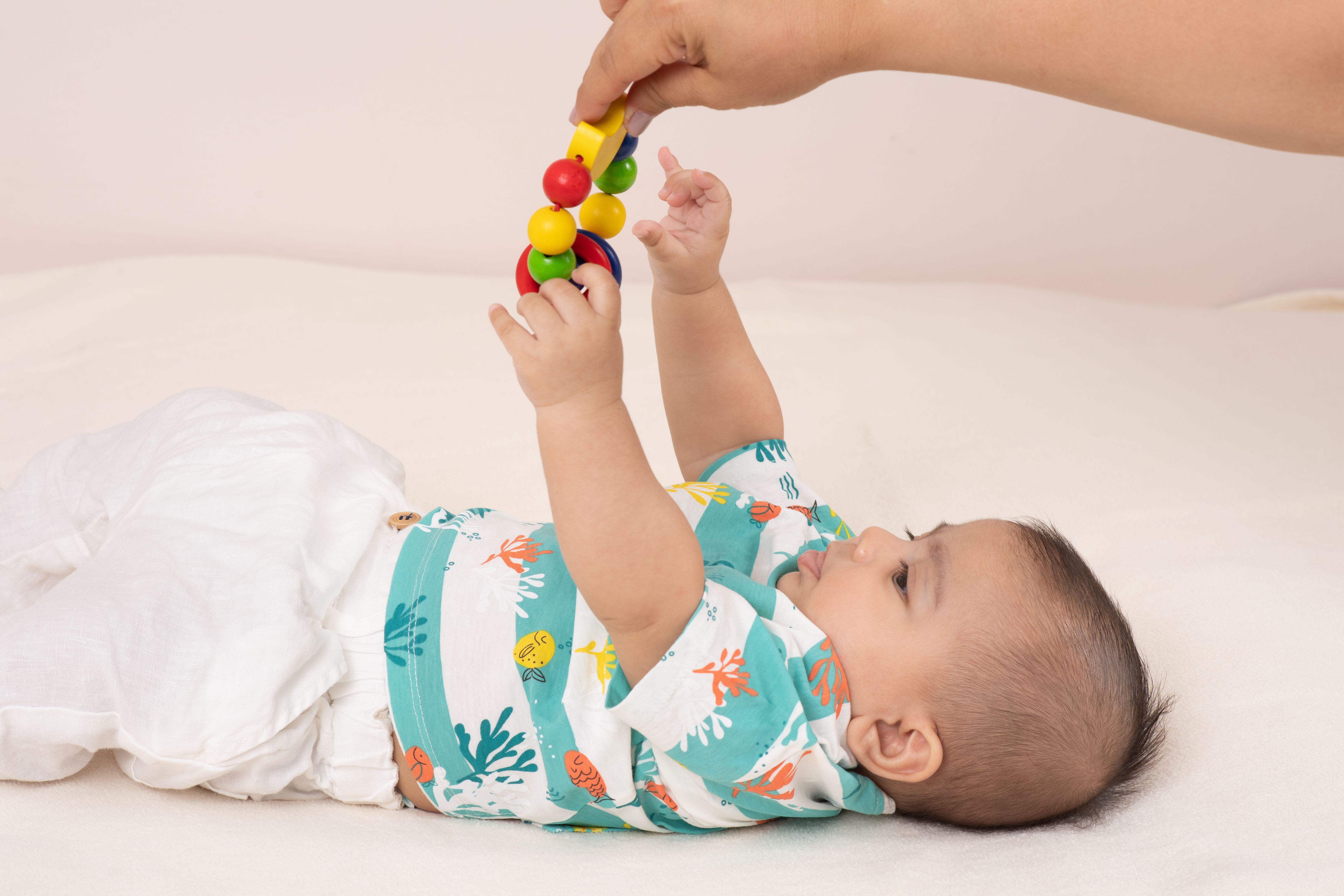
(Alamy/PA)
6-9 months
At this age, babies can sit up without support, and like repetition. They’ll still enjoy playing with textured toys, those that require simple actions to get reactions, and toys that are easy to hold. Babies also love pictures of objects or people in book format, or colourful patterns.
9-12 months
This is when little ones start to understand simple commands and begin to crawl. Parents should opt for busy activity toys with lots to explore, as well as toys that encourage them to sit up, and start walking. Toys that encourage crawling, such as balls, things that move or vehicle play are also ideal at this stage. Also, look for toys that encourage early role play, hide-and-seek games, and games of give and take.
12+ months
Babies are turning into toddlers at this age as they learn to walk, so they need pull/push toys on wheels with fun noises and actions. Also seek out foot-to-floor ride-ons or tunnels for crawling. Soft lightweight balls with fun visual effects will go down well along with toys with doors, lids, switches, dials and knobs so little ones can operate simple mechanisms.
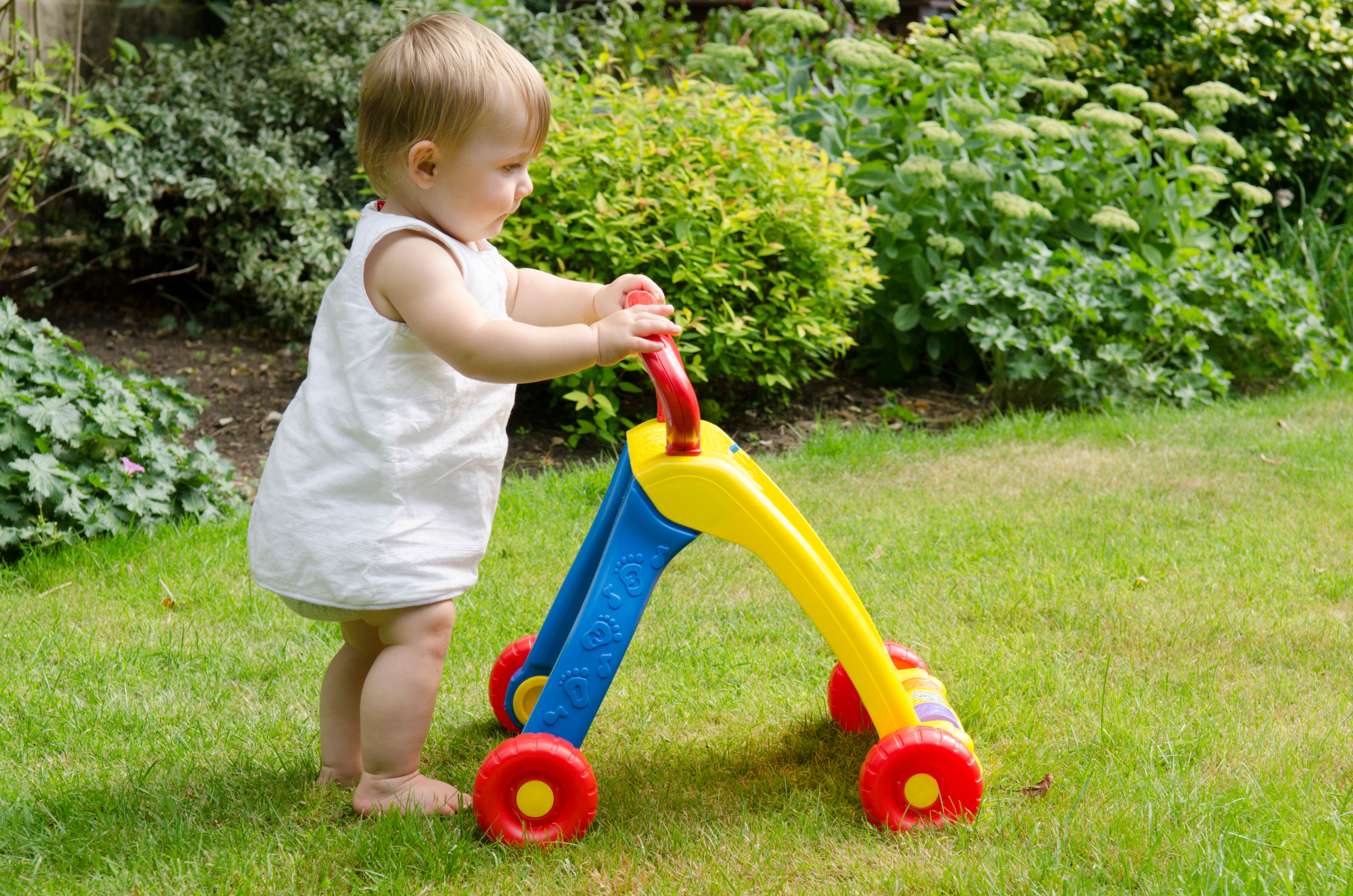
18+ months
At this stage, energetic toddlers will be on the move, walking and running, and will be able to stack blocks and sit through a story. They’ll enjoy sturdy, tactile and picture books. Little ones will love banging rhythm instruments at this age, listening to nursery rhymes and recordings of animal noises. Opt for blocks, stacking rings, shape-sorting boxes and toys that promote problem-solving and puzzles.
Two years
Children of this age will like playing interactive games and will be able to catch a ball, balance blocks and begin to draw. They’ll love dress-up costumes, props and materials to enhance social and pretend play. Toddlers love pull/push toys that are realistic looking, such as a doll carriage, wagon or lawnmower.
Three years
Preschool kids benefit from listening to music they can sing to, and interactive reading that will help to build their vocabulary, as well as colour picture or number matching. They’ll love realistic dolls with accessories, hair and working parts. Also, look for stationary outdoor play equipment, crayons, paint with easels and instruments that require blowing such as harmonicas and whistles.
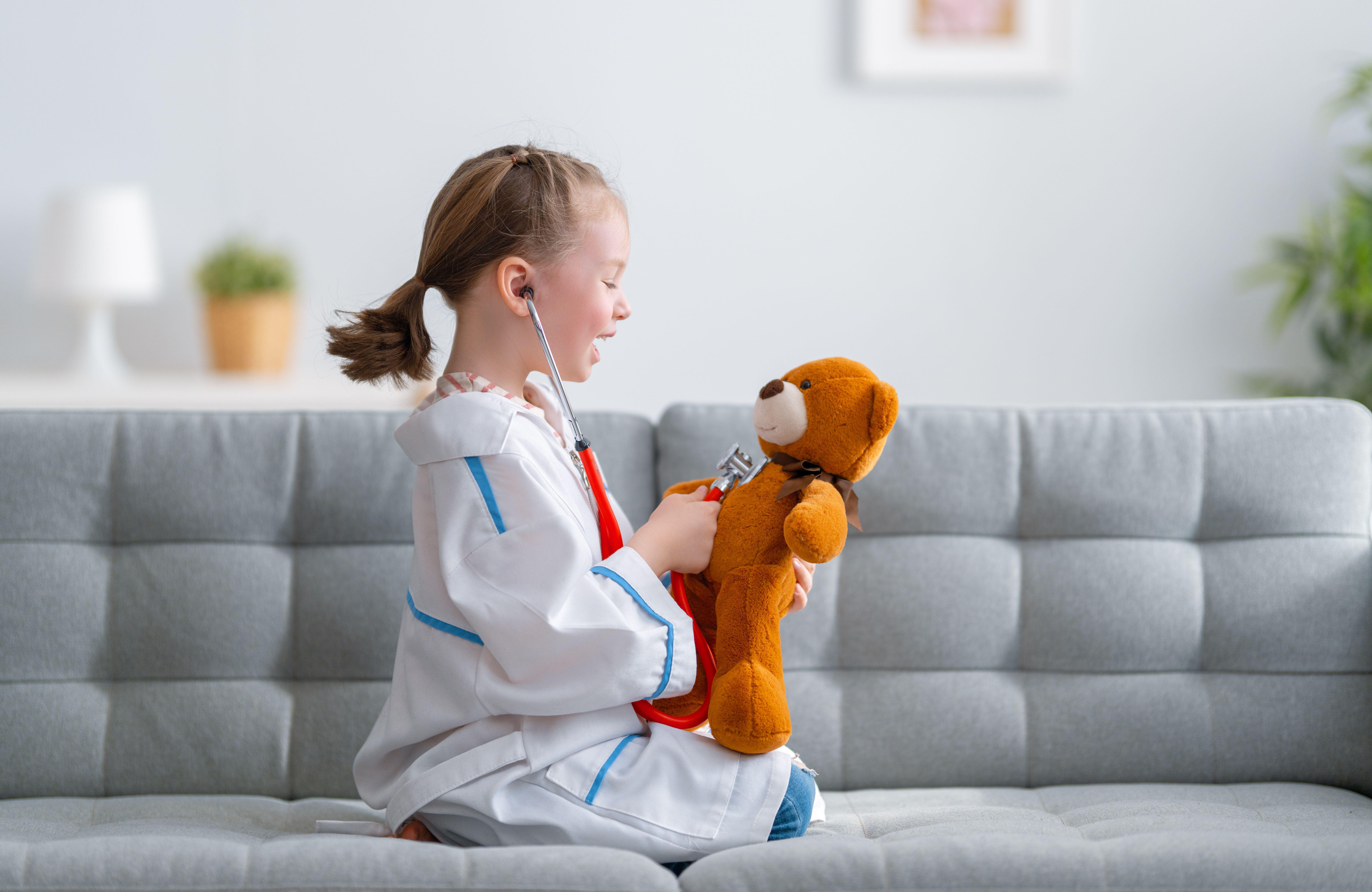
Four years
Children will still enjoy imaginative play at this age, and will like to play with action figures they can relate to from past experiences, such as characters from their favourite show. Look for dress-up clothing to role play, and watch how they take interest in small animal toys they can care for.
Five years
At this age children’s gross motor skills are well-developed and they’ll love using a scooter or a small bike with training wheels, as well as a skipping rope. Encourage children to play games that promote hand-eye coordination such as ring toss or bowling. They’ll have peak interest in dramatic play, enjoy interactive reading, and be intrigued by magnets, balance sets, coloured sand and measuring tools such as rules and scales.

